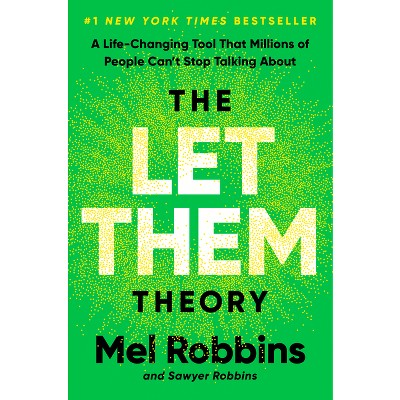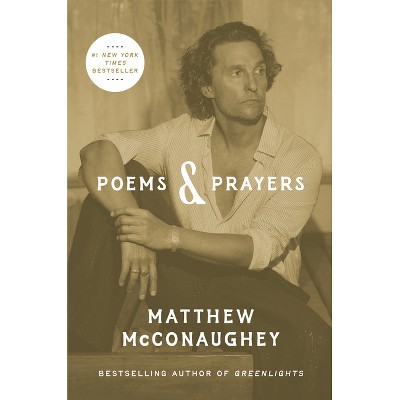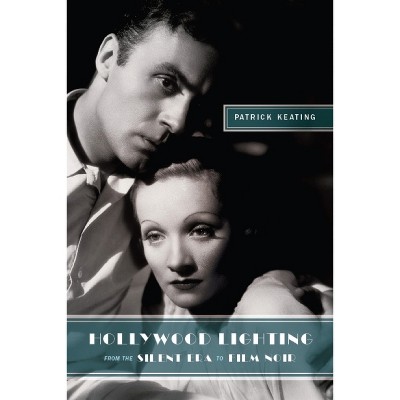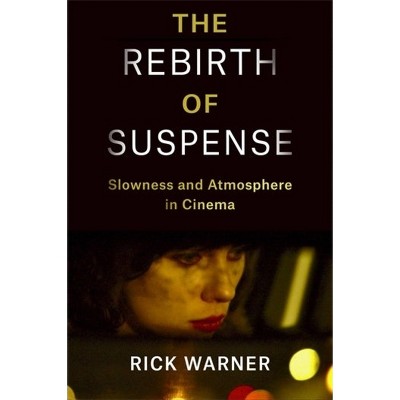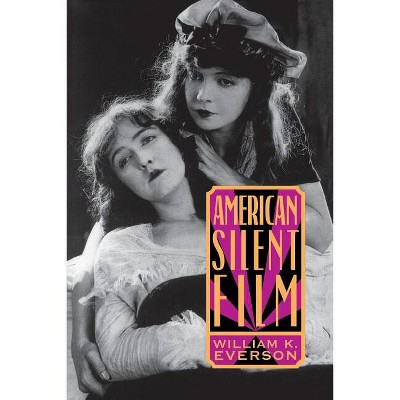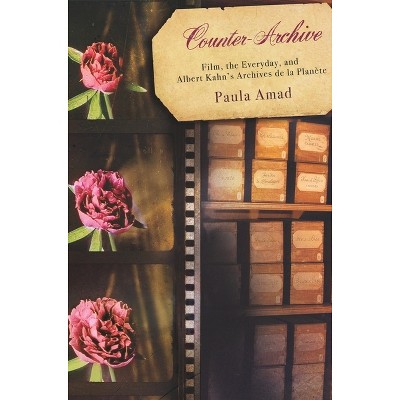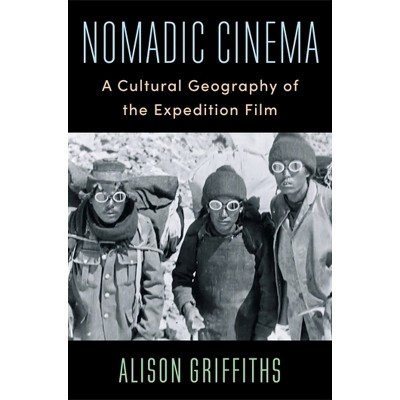Sponsored

Silent Film Sound - (Film and Culture) by Rick Altman (Paperback)
In Stock
Sponsored
About this item
Highlights
- Because silent cinema is widely perceived as having been exactly that-silent-no one has fully examined how sound was used to accompany the films of this era.
- About the Author: Rick Altman is professor of cinema and comparative literature at the University of Iowa.
- 480 Pages
- Performing Arts, Film
- Series Name: Film and Culture
Description
About the Book
Based on extensive original research and filled with gorgeous illustrations, Silent Film Sound reconsiders all aspects of sound practices during the silent film period in America. Beginning with sound accompaniment and continuing through to the more familiar sound practices of the 1920s, renowned film historian Rick Altman discusses the variety of sound strategies cinema exhibitors used to differentiate their products. During the nickelodeon period prior to 1910, this variety reached its zenith with carnival-like music, automatic pianos, small orchestras, lecturers, synchronized sound systems, and voices behind the screen. In the 1910s, musical accompaniment began to support a film's narrative and emotional content, with large theaters and blockbuster productions driving the development of new instruments, new music-publication projects, and a new style of film music. A monumental achievement, Silent Film Sound challenges common assumptions about this period and reveals the complex and swiftly changing nature of silent American cinema.
Book Synopsis
Because silent cinema is widely perceived as having been exactly that-silent-no one has fully examined how sound was used to accompany the films of this era. Silent Film Sound reconsiders all aspects of sound practices during the entire silent film period. Based on extensive original research and accompanied by gorgeous illustrations, the book challenges the assumptions of earlier histories of this period in film and reveals the complexity and swiftly changing nature of American silent cinema.
Contrary to received opinion, silent films were not always accompanied, nor were accompaniments uniform. Beginning with sound practices before cinema's first decade and continuing through to the more familiar sound practices of the 1920s, Rick Altman discusses the variety of sound strategies and the way early cinema exhibitors used these strategies to differentiate their products. During the nickelodeon period prior to 1910, this variety reached its zenith, with theaters often deploying half a dozen competing sound strategies-from carnival-like music in the street, automatic pianos at the rear of the theater, and small orchestras in the pit to lecturers, synchronized sound systems, and voices behind the screen. During this period, musical accompaniment had not yet begun to support the story and its emotions as it would in later years.
But in the 1910s, film sound acquiesced to the demands of captains of the burgeoning cinema industry, who successfully argued that accompaniment should enhance the film's narrative and emotional content rather than score points by burlesquing or "kidding" the film. The large theaters and blockbuster productions of the mid-1910s provided a perfect crucible for new instruments, new music-publication projects, and the development of a new style of film music. From that moment on, film music would become an integral part of the film rather than its adversary, and a new style of cinema sound would favor accompaniment that worked in concert with cinema storytelling. For the first time, Silent Film Sound details the ways in which these diverse interests and industries came together to produce an extraordinarily successful audiovisual art.
Review Quotes
Silent Film Sound is a superb contribution to many scholarly fields in addition to film history, including musicology, media studies, sound studies and American history.--Katherine Spring "Film International"
Silent Film Sound is a top pick for any serious college-level film library.-- "California Bookwatch"
Silent Film Soundis a bible of reference information and vintage photos.-- "Bookwatch"
[A] majestic book... Readable as the most complete account of early American cinema.--Dana Polan "Screening The Past"
A magisterial effort of a type rarely seen in cinema today... Altman's history is precise, reflective, and human.-- "Cinemas Journal"
A major contribution to the history of early cinema.-- "American Studies"
Edison's pioneering work...is given a large amount of space in a fascinating new book.--Steve Ramm "Groove Magazine"
His groundbreaking, encyclopedic book represents a crucial contribution to the scholarly understanding not only of early film sound, but also of the full range of film history.--Kecia D. McBride "Film Criticism"
Nothing short of a classic, definitive work.--Jacob Smith "Nineteenth Century Theatre and Film"
Rather than reinventing the wheel or allowing for too many examples in his analysis, Altman successfully dispels notions of a homogenous turn-of-the-century soundscape and interweaves salient but ignored aspects of early cinema and its coinciding entertainments...Highly recommended.-- "Choice"
Rick Altman has given us a magnum opus... a stunningly original work of film history.--Tom Gunning "Film Quarterly"
Rick Altman's Silent Film Sound is revisionist film history at its best.--Marshall Deutelbaum "New Review of Film and Television"
Weighty and ambitious....This thoroughly researched and copiously illustrated book is recommended for large libraries and all cinema collections.--Roy Liebman "Library Journal"
About the Author
Rick Altman is professor of cinema and comparative literature at the University of Iowa. He is the author of The American Film Musical and Film/Genre; the editor of Sound Theory Sound Practice; and the coeditor of The Sounds of Early Cinema.